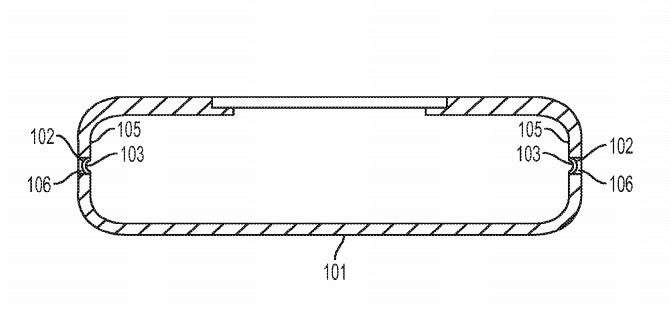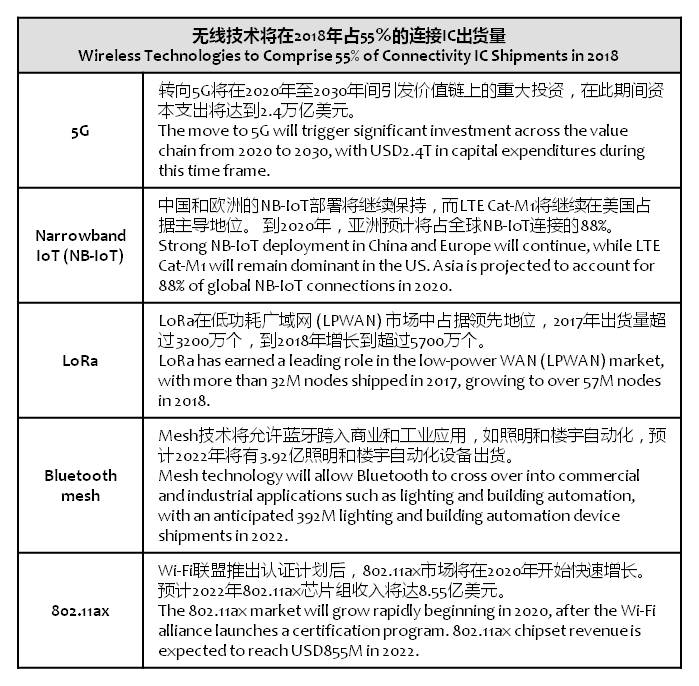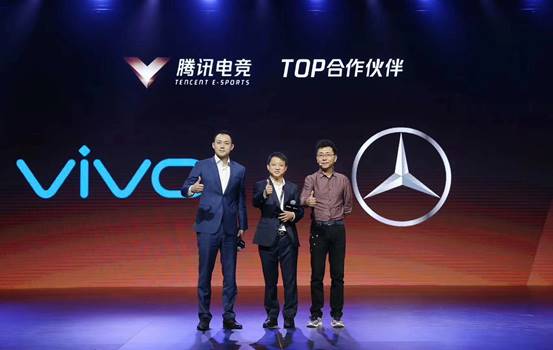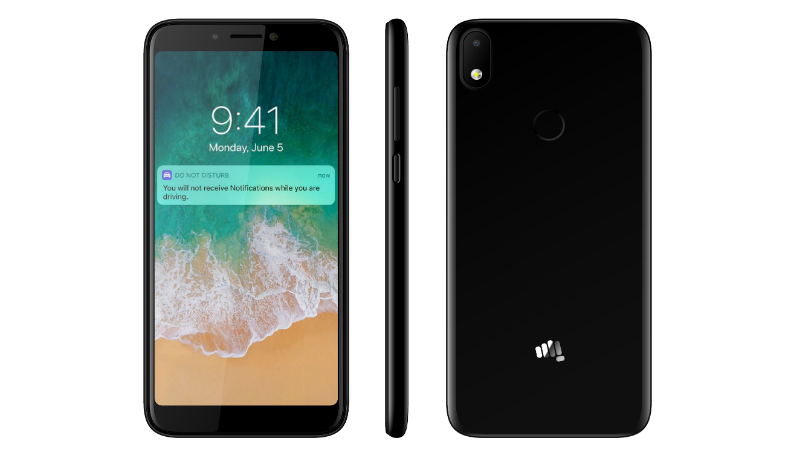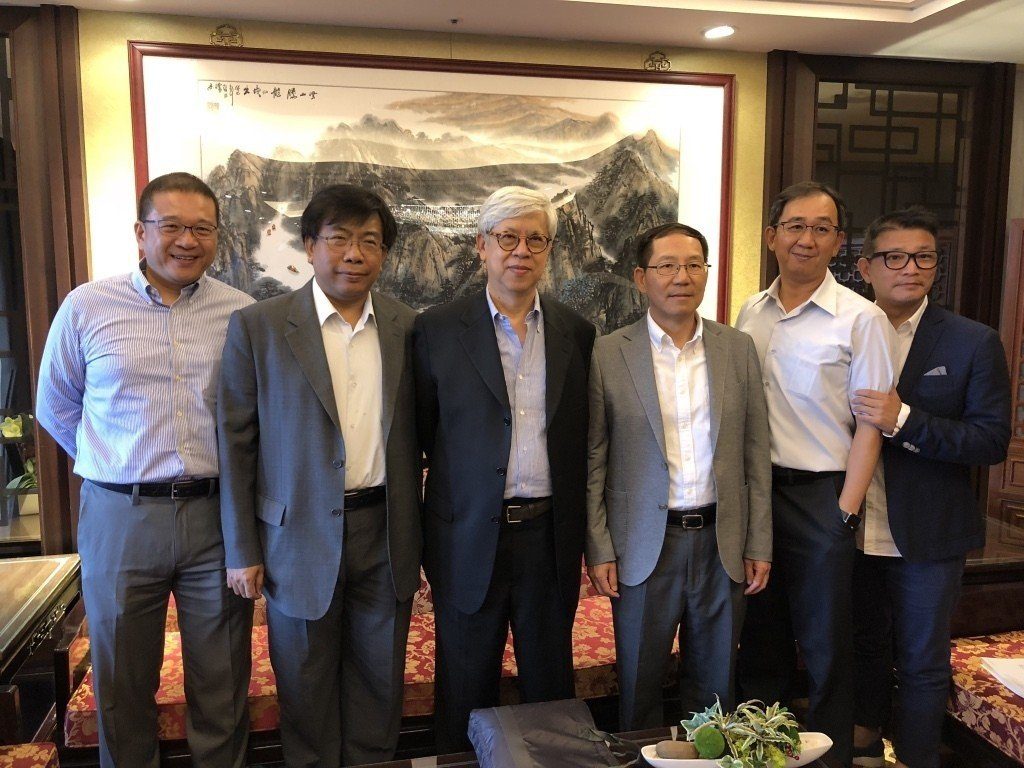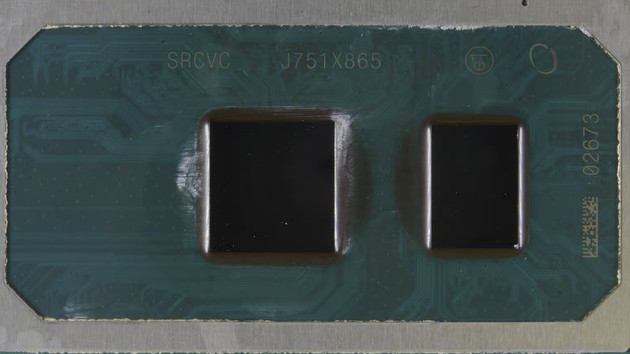
06-17: VIS still has no plans to build another fab or new production lines at the existing fabs; Intel’s 5G modem will be adopted by Apple; etc.
Chipsets
8” foundry Vanguard International Semiconductor (VIS), which has seen its fabs run at full utilization, will continue to boost production efficiency, according to company chairman Leuh Fang. VIS still has no plans to build another fab or new production lines at the existing fabs, said Fang. VIS runs 3 8” wafer fabs. Monthly production capacity at the 3 fabs totaled approximately 195,000 wafers in 2017. (Laoyaoba, Digitimes, press)
Rising raw materials costs have prompted Mosel Vitelic and other 6” foundries to raise their quotes, according to Rebecca Tang, chairperson for the company specializing in power semiconductors and analog chips. Robust demand for power MOSFET devices has been strong since 2018, said Tang, adding that Mosel has seen clear order visibility through the end of 2018. IDMs such as Infineon, and Taiwan-based MOSFET chip suppliers including Advanced Power Electronics (APEC), Excelliance MOS, Niko Semiconductor and Sinopower Semiconductor are reportedly among Mosel’s customers. (Digitimes, press, UDN, UDN, Elecfans)
Samsung Electronics is told to pay USD400M after a federal jury in Texas said it infringed a patent owned by the licensing arm of a South Korean university. Samsung pledged to appeal. Qualcomm and GlobalFoundries also are found to have infringed the patent but are not told to pay any damages to the licensing arm of the Korea Advanced Institute of Science and Technology. (Bloomberg, Phone Arena, Laoyaoba)
Intel’s 10nm process mass production is delayed till 2019 because of poor yield rate. Currently there is only small volume production. The Lenovo Ideapad 330 is the first notebook to make use of Intel’s 10nm Cannonlake processors. (Xuehua, HQEW, DRAMx, WCCFTech, WCCFTech, Laoyaoba)
Intel VP of technology, systems architecture, and client group Asha Keddy has confirmed they will make phone modems for Apple’s upcoming iPhone. Dubbed the XMM 7560, data download speeds of up to 1Gbps would be supported. (TechNews, My Broadband, Asia Nikkei)
Touch Display
Chinese manufacturers such as BOE Technology Group, China Star Optoelectronics (CSOT), Tianma Microelectronics, EverDisplay Optoelectronics, Kunshan Govisionox, and Royale Technology have begun mass production of AMOLED display. The production capacity is about 4.02M. Samsung Display still dominates the production of AMOLED panels. Its annual production capacity will exceed 100M in the next 5 years and it will continue to dominate the supply of global AMOLED panels. (GizChina, Sina, My Drivers)
Apple’s patent “Mobile Electronic Device with Squeeze Detection” describes technology that would allow Apple to include sensors in the edges of the phone, which would detect, much like 3D Touch, the force with which user is pressing against the handset’s external walls. (IB Times, Laoyaoba, CN Beta, BGR, Digital Trends)
Battery
Contemporary Amperex Technology (CATL), a China-based maker of Li-ion power batteries used in electric vehicles, plans to expand annual production capacity to 50GWh at the end of 2020. CATL will invest CNY14.06B (USD2.20B) to set up a Li-ion power battery factory to increase its annual production capacity by 24GWh as well as in R&D of power and energy-storage batteries, with the factory to be completed in 2021. (Digitimes, press, Sohu, Hua Chuang Securities, report)
Japan’s SoftBank is planning to invest between USD60B-100B in a solar power project in India, as the firm looks to expand its interests into various sectors. The project aims to generate 200GW of energy by 2030, with building beginning in 2018 and operations to start the following year. (TechNews, Money Control, Channel News Asia)
Connectivity
Driven by the colossal Internet of Things (IoT) opportunity, wireless technologies – including wireless local area network (WLAN), Bluetooth, cellular and low-power wireless – will account for 55% of connectivity integrated circuit (IC) shipments in 2018, according to IHS Markit. Over the next five years, wireless connectivity will play an increasingly crucial role in market segments including automotive and transportation, commercial and industrial electronics, communications, computers, consumer and medical. (IHS Markit, press, Digitimes)
Phone
Tencent has announced new “commercial collaboration plan” and mature business model development. In particular, vivo and Mercedes-Benz have become Tencent’s TOP partners. vivo innovation GM Wang Youfei reveals that vivo has already established e-sports technology lab with Tencent. (Laoyaoba, Sina, NBD, Tom.com)
Micromax Canvas 2 Plus is announced – 5.7” 1440×720 HD+, 1.3GHz quad-core, rear 13MP + front 8MP, 3GB+32GB, Android 7.0, 4000mAh, INR8,999. (Gizmo China, NDTV, Digit)
Wearables
Futuresource points out that the true wireless segment has grown 178% year-on-year, with Apple achieving 80% market share. According to Futuresource, 1Q18 saw true wireless account for 31% of all in-ear product revenues in 1Q18. As the average retail price continued to drop from USD171 to USD161 in 1Q18, Apple AirPods maintained their dominance of the true wireless scene, compelling competitors to introduce lower-priced products at <USD150. (TechNews, Futuresource)
Automotive
Wistron has been actively diversifying business operation through stepping into electric vehicles (EV), medical care and Internet of Things (IoT), according to company chairman Simon Lin. Wistron has stepped into the development of EV components for years and has supplied electronic control components for China-based EV start-up business NexEV (NIO). (Digitimes, press, Bnext, UDN)
Artificial Intelligence
Inventec is developing new products featuring in-house designed artificial intelligence (AI) technology, with shipments of such AI-enabled devices to begin at the end of 2019, said company chairman Tom Cho. The products’ AI features will focus on speech and image recognition and will target enterprise clients primarily. For Inventec’s server business, enterprise clients contribute 70% of the company’s server shipments with cloud computing data centers contributing the remaining 30%. (Digitimes, press, UDN)
Facebook is now working on a new artificial intelligence (AI) system that can make closed eyes look convincingly open. Facebook researchers presented a Generative Adversarial Network (GAN), essentially a machine learning system that tries to fool itself into thinking its creations are real. With data from the target people when they kept their eyes open, the GAN system learns what eyes should go on the person on the basis of shape, colour and other features of the eyes of a particular person. (TechCrunch, Facebook, First Post, CN Beta, Sohu)
